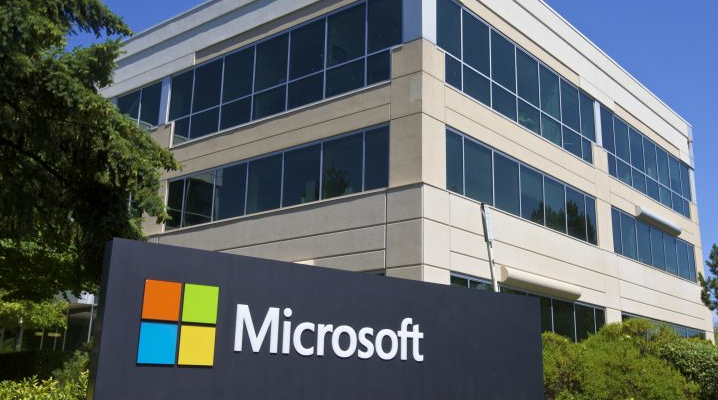 AI
AI
 AI
AI
 AI
AI
Microsoft Corp. reportedly plans to equip Bing with a new search feature powered by OpenAI LLC’s ChatGPT artificial intelligence system.
The Information reported the development late Tuesday, citing two sources familiar with the matter.
Microsoft’s ChatGPT-powered search feature is expected to launch before the end of March. The feature will reportedly provide natural language answers to some search queries instead of generating a list of matching results. However, it’s believed that Bing will continue to process most searches using existing methods.
According to The Information, Microsoft may also use ChatGPT for other tasks besides answering user queries. The AI may enable Bing to analyze the topic that a user is researching and suggest search queries that surface related information.
OpenAI first introduced ChatGPT last month. The AI system can provide detailed natural language answers to complex user questions. During one internal test conducted by OpenAI, the AI system successfully identified a bug in a piece of software code, provided an explanation of the issue and generated troubleshooting suggestions.
ChatGPT is based on a series of AI models dubbed GPT-3.5. There are three AI models in the series: two focus primarily on generating natural language text, while the third is optimized to produce software code in response to user prompts.
The GPT-3.5 series is an upgrade of GPT-3, which ranked as the largest neural network ever built when OpenAI introduced it in 2020. The way a neural network processes data is determined by configuration settings known as parameters. GPT-3 features 175 billion parameters that require 80 gigabytes of memory to store.
The original version of GPT-3 that debuted in 2020 and the newer iterations released by OpenAI since are based on a so-called transformer architecture. Invented in 2017, the transformer architecture is an AI method that enables neural networks to interpret text more accurately than was previously possible. Using the method, a neural network can take the context of a word into account when attempting to infer its meaning.
The year before the release of GPT-3, Microsoft invested $1 billion in OpenAI to support its AI research efforts. In 2020, the technology giant purchased an exclusive license to use GPT-3.
The ChatGPT-powered search capability expected to roll out for Bing will join a growing list of Microsoft offerings that incorporate OpenAI technology.
In 2021, Microsoft made GPT-3 accessible through its Azure public cloud platform. For consumers, the company offers a desktop application that uses OpenAI’s DALL-E 2 neural network to generate images based on text prompts. Microsoft’s GitHub subsidiary, in turn, relies on another OpenAI model called Cortex to power its Copilot coding assistant service.
Support our mission to keep content open and free by engaging with theCUBE community. Join theCUBE’s Alumni Trust Network, where technology leaders connect, share intelligence and create opportunities.
Founded by tech visionaries John Furrier and Dave Vellante, SiliconANGLE Media has built a dynamic ecosystem of industry-leading digital media brands that reach 15+ million elite tech professionals. Our new proprietary theCUBE AI Video Cloud is breaking ground in audience interaction, leveraging theCUBEai.com neural network to help technology companies make data-driven decisions and stay at the forefront of industry conversations.